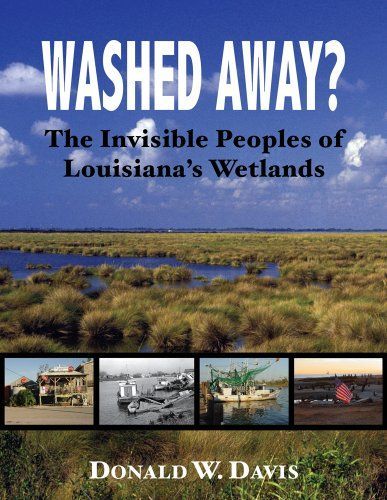
Washed Away? The Invisible Peoples of Louisiana's Wetlands
"For persons lacking an emotional attachment to the region, it is easy to see how South Louisiana's wetlands came to be labeled a "No Man's Land," a forgotten human landscape. However, a surprisingly large and ethnically diverse population has historically lived in this "wasteland," which boasted perhaps as many as 150,000 season inhabitants in the late 1930s. These resident trapper-hunter-fisherfolk collectively give a human face to the coastal lowlands that have traditionally been studied almost exclusively for the their distinctive flora and fauna. Indeed, books, monographs, and a sizeable body of research material have been published on the marsh and estuary's terrestrial, aquatic, and avian species, but little has been written about the trappers, commercial hunters, cattlemen, oystermen, shrimp fishermen, Chinese and Filipino seine crews, oil and gas company field crews, government service employees, rum-runners, shrimp-drying communities, and others. Yet, were it not for these marshdwellers, this topographic element would have only aesthetic, not economic value. Ultimately, each wetlands group has imprinted its respective territory with its own unique cultural values, in the process giving Louisiana's near sea-level marshes its "personality." Washed Away? is the first comprehensive look at the settlement, occupation and environmental challenges of these Louisiana coastal communities" --Cover, p. 2.